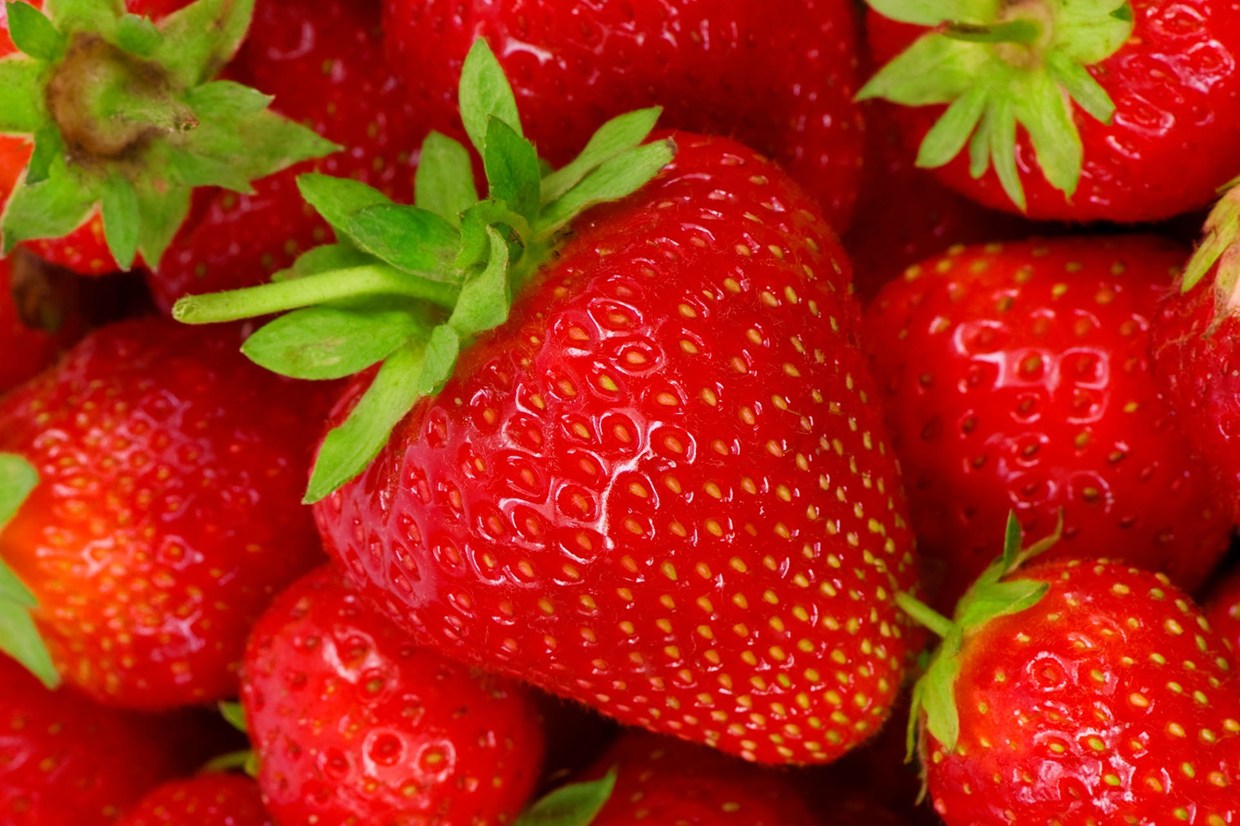 Introduction Consumption of fruits and vegetables is linked to a decreased risk for virtually every chronic degenerative disease. In particular, there is considerable evidence for protection against cardiovascular disease (CVD).
Introduction Consumption of fruits and vegetables is linked to a decreased risk for virtually every chronic degenerative disease. In particular, there is considerable evidence for protection against cardiovascular disease (CVD).
Because of the many health benefits of fruit consumption, there has been a great push in public health initiatives, such as Healthy People 2010, advocating eating at least two servings of fruit per day. Nonetheless, only 32% of adults and 13% of adolescents meet this goal of fruit intake.
New research highlights the powerful effect of just one month of increased intake of strawberries have on many important predictive markers reflecting CVD risk.
Background Data:
Among fruits, soft berries such as strawberries, blackberry, black raspberry, blueberry, cranberry, and red raspberry are of particular interest because of their high content of flavonoid molecules known as anthocyanins. Regular consumption of these berries are thought to reduce the risk of CVD by improving the plasma lipid profile, increasing plasma antioxidant activity, and improving the function of the cells that line blood vessels (endothelial cells).
New Data:
To evaluate the effect of strawberry consumption on CDV risk, healthy volunteers were supplemented daily with 500 g of strawberries (about 2½ cups) for 1 month. Strawberry consumption significantly reduced total cholesterol, low-density lipoprotein (LDL) cholesterol, and triglycerides levels (-8.78%, -13.72% and -20.80%, respectively) compared with the baseline period. Strawberry supplementation also significantly decreased various markers of oxidative stress. A significant increase (>40%) in plasma total antioxidant capacity was also observed after strawberry consumption.
A new finding was that strawberry consumption also improved platelet function. Activated blood platelets are an important in the development of CVD as they are major components of blood clots that can break off and cause a heart attack, stroke, or pulmonary embolism. In this study, strawberry intake significant decreased the number of activated platelets providing an additional important safeguard against CVD.
Commentary:
The Environmental Working Group (EWG) is a nonprofit consumer advocate group that puts together “The Shopper’s Guide to Pesticides in Produce.” In this report, strawberries rank #2 in terms of pesticide load. This finding highlights the need for buying local, pesticide-free strawberries for maximum health benefits.
Reference:
Alvarez-Suarez JM1, Giampieri F2, Tulipani S3, et al. One-month strawberry-rich anthocyanin supplementation ameliorates cardiovascular risk, oxidative stress markers and platelet activation in humans. J Nutr Biochem. 2014 Mar;25(3):289-94.



